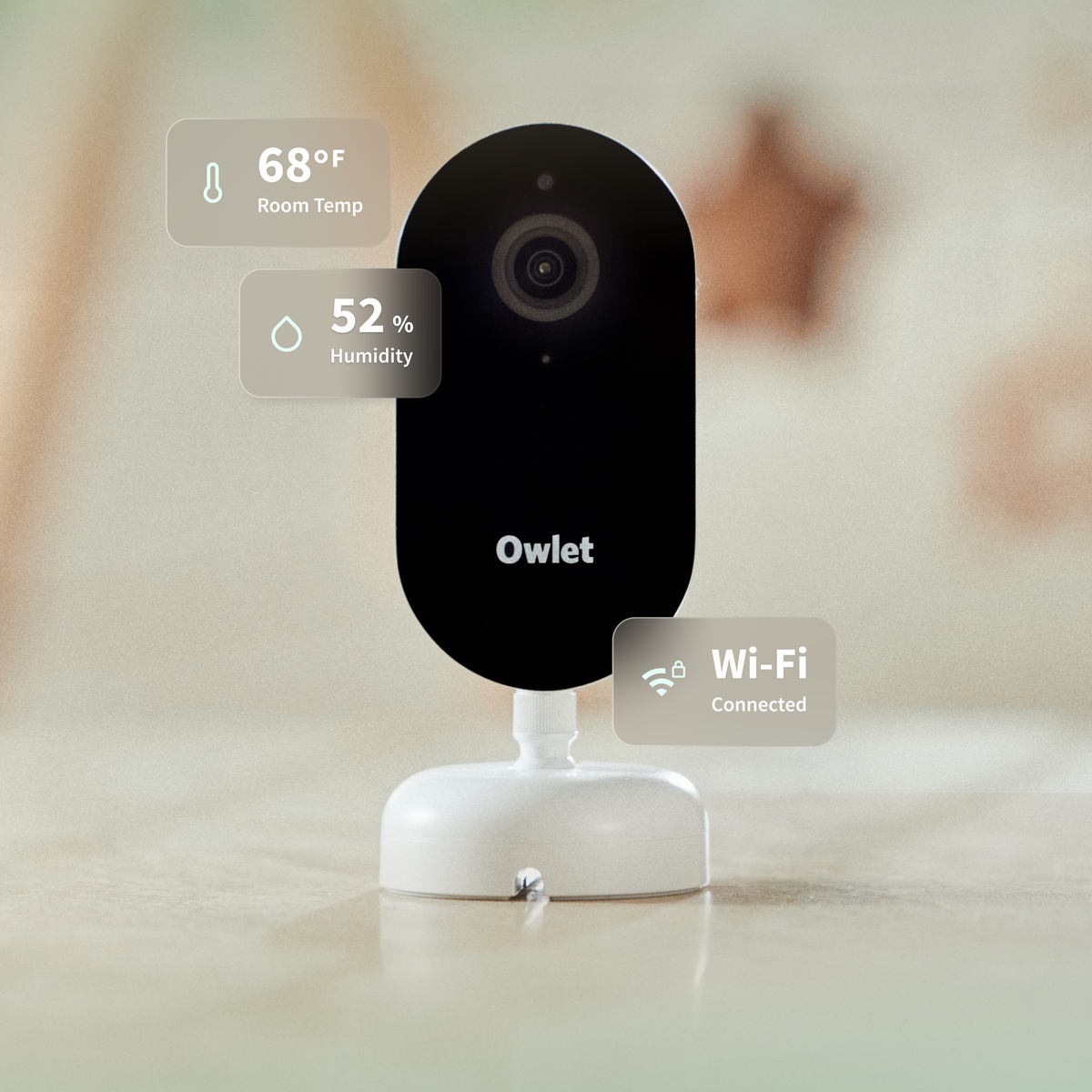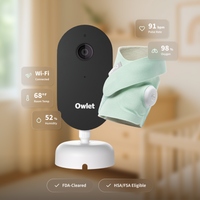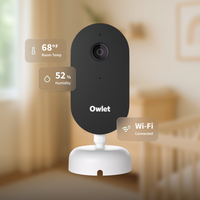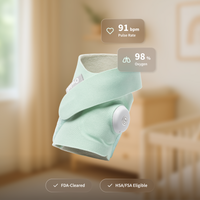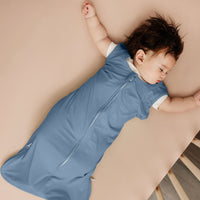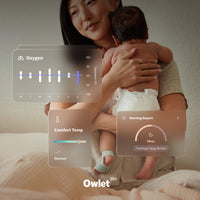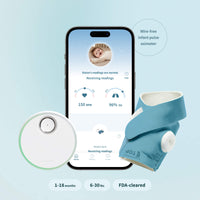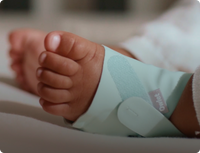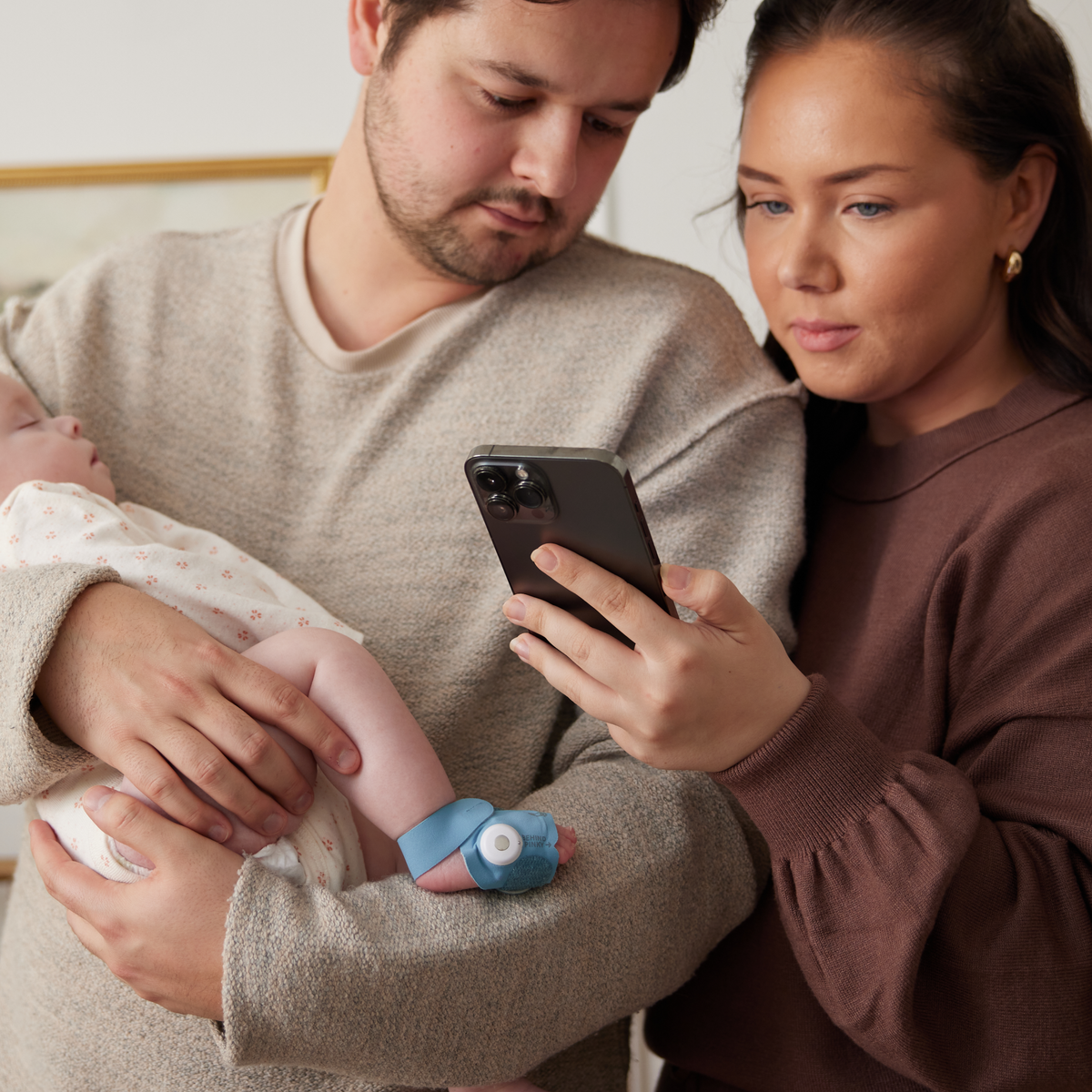The content provided on this health blog is intended for informational and educational purposes only. It is not a substitute for professional medical advice, diagnosis, or treatment. Always seek the advice of a qualified healthcare provider with any questions you may have and to learn more about your child's specific needs.
By: Dr. Erin Pierce, Pediatrician
Because viral infections are easily transmitted and can be dangerous for the elderly, young children, and those with poor immune systems, it's always a good time to review safety measures and intervention for our children.
CPR: What It Is And Why Parents Should Know How To Administer It
I want parents to focus on an intervention called CPR or CardioPulmonary Resuscitation. CPR is a lifesaving technique that keeps blood flowing to the brain and other vital organs when someone’s heart has stopped working or they stop breathing. Because oxygen is vital to our body, CPR combines chest compression with rescue breathing to keep the brain and organs from being damaged by a lack of oxygen.
Compressions mean pushing on a person’s chest to squeeze the heart. A compression mimics the heartbeat. For every compression, the heart “beats”, moving blood forward to the rest of the body. Rescue breathing (mouth-to-mouth) means using our breath to send oxygen into another person’s lungs.
How Do I Do CPR?
If your child or infant is not breathing, blood and oxygen are not flowing to keep the body alive. You must act immediately.
Below is a guideline taken from the American Red Cross. It outlines how to perform CPR on an infant or child. There are differences in technique depending on age – both are outlined below.
CPR on an Infant (Ages 0-1)
Step 1: Check the scene for safety.
Step 2: Check for responsiveness.
- Gently tap the infant’s foot or shoulder and yell. Look for breathing or gasping breaths.
- If the baby is unresponsive, call 911 immediately.
Step 3: Give 30 chest compressions.
- Place Baby on a hard, flat surface. Then use one of the two compression methods below:
- Two thumb method: Place both thumbs (side-by-side) on the center of the baby’s chest, just below the nipple line. Using both thumbs, push hard down and fast about 1 ½ inches at a rate of 100 to 120 per minute.
- Two finger technique: Take 2 fingers and find the center of the chest just below the nipple line. Push down 1 ½ inches at a rate of 100 to 120 per minute.
Step 4: Give 2 breaths.
- Gently tilt the head back. Cover the mouth and the nose of the infant with your mouth, creating a seal, and give 2 gentle breaths, watching to see the chest rise.
- If the chest does not rise, re-tilt the head and ensure a proper seal before giving another breath.
- If the chest still does not rise, there may be something blocking the airway.
Step 5: Continue giving 30 chest compressions and 2 breaths.
- If you are alone, give CPR for at least two minutes before stopping to call 911.
- Once you’ve called 911, continue giving CPR until help arrives.
How to Perform CPR on a Child (Ages 1-8)
Here are the basic steps for quick reference if you find yourself in an emergency requiring you to perform CPR on a child (between 1-8 years of age). These guidelines are based on information provided by the American Red Cross.
Step 1: Check for responsiveness.
- Shake or tap the child gently. Shout the child’s name or “Are you okay?” If the child is unresponsive and you are alone, move on to the next step.
- If there is another person with you, tell them to call 911.
Step 2: Give 30 chest compressions.
- Place the child on his or her back. (Note: if a spinal injury is possible, two people should move the child, preventing the head and neck from twisting.)
- Place the heel of the hand on the breastbone, just below the nipples. Keep the child’s head tilted back. Push down 1/3 the thickness of the chest 30 times. The compressions should be fast and hard, without pauses.
Step 3: Open the airway.
- Lift the chin and tilt the head back by pressing down on the forehead.
Step 4: Look, listen, and feel for breathing.
- Put your ear close to the child’s mouth and nose, with your face pointed toward their chest. This will allow you to hear breath, feel breath on your cheek, or see the chest rise and fall.
- If the child is not breathing, continue to step 5.
Step 5: Give 2 rescue breaths.
- Cover the child’s mouth with your mouth (tightly, creating a seal), and pinch the nose closed.
- Keeping the chin lifted, give 2 breaths, watch to see the chest rise and then release. Each breath should take about a second.
Step 6: Continue giving CPR (30 chest compressions, 2 breaths, repeat) until help arrives.
- If you are alone, give CPR for at least two minutes before stopping to call 911.
- Once you’ve called 911, continue giving CPR until help arrives.
Where Can I Go To Learn More?
The best way to be fully prepared for an emergency requiring CPR on an infant or child is to take a certification course that is tailored specifically to those age groups. To learn more about CPR and find training centers start by checking with local hospitals, the American Heart Association and the American Red Cross.
References
American Red CrossAmerican Heart Association
UpToDate
Author Bio:

Dr. Pierce is originally from Lincoln, Nebraska. She completed her undergraduate degree at the University of Notre Dame and earned a Master of Science degree from the University of Nebraska – Lincoln. Dr. Pierce earned her Medical School degree from the University Of Nebraska College Of Medicine and completed her Pediatric residency as part of the Creighton Nebraska Universities Health Foundation. In the year, prior to joining Norfolk Medical Group – Pediatrics, she served as chief resident. Dr. Pierce is board certified by the American Academy of Pediatrics.
Dr. Pierce is trained to manage the care and treatment of diseases during childhood and the growth in infants, children and adolescents. She monitors growth and development of a child according to important motor and intellectual milestones. She is also trained to recognize congenital defects.
As your physician, I will try to do my best to discuss your concerns, problems and treatment options and provide you quality medical care. Your questions are always welcome. Working together is the most effective way for a healthier child.
